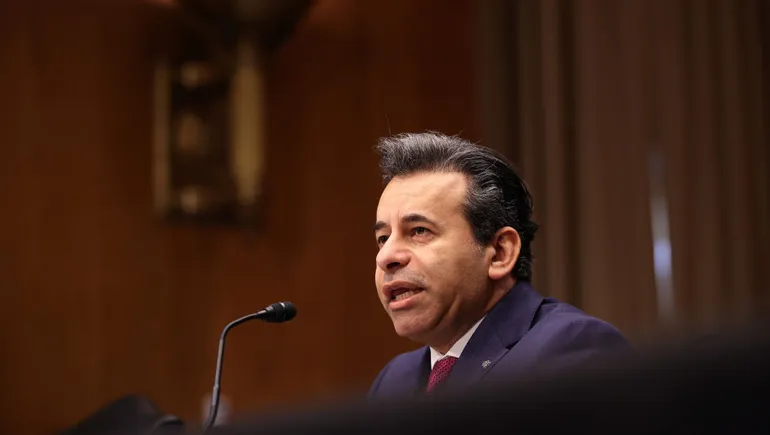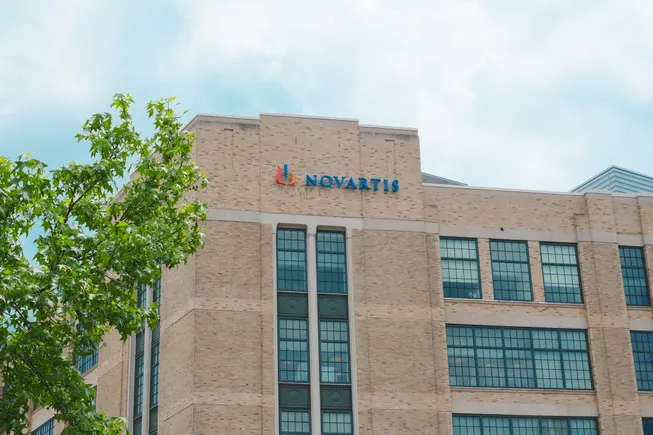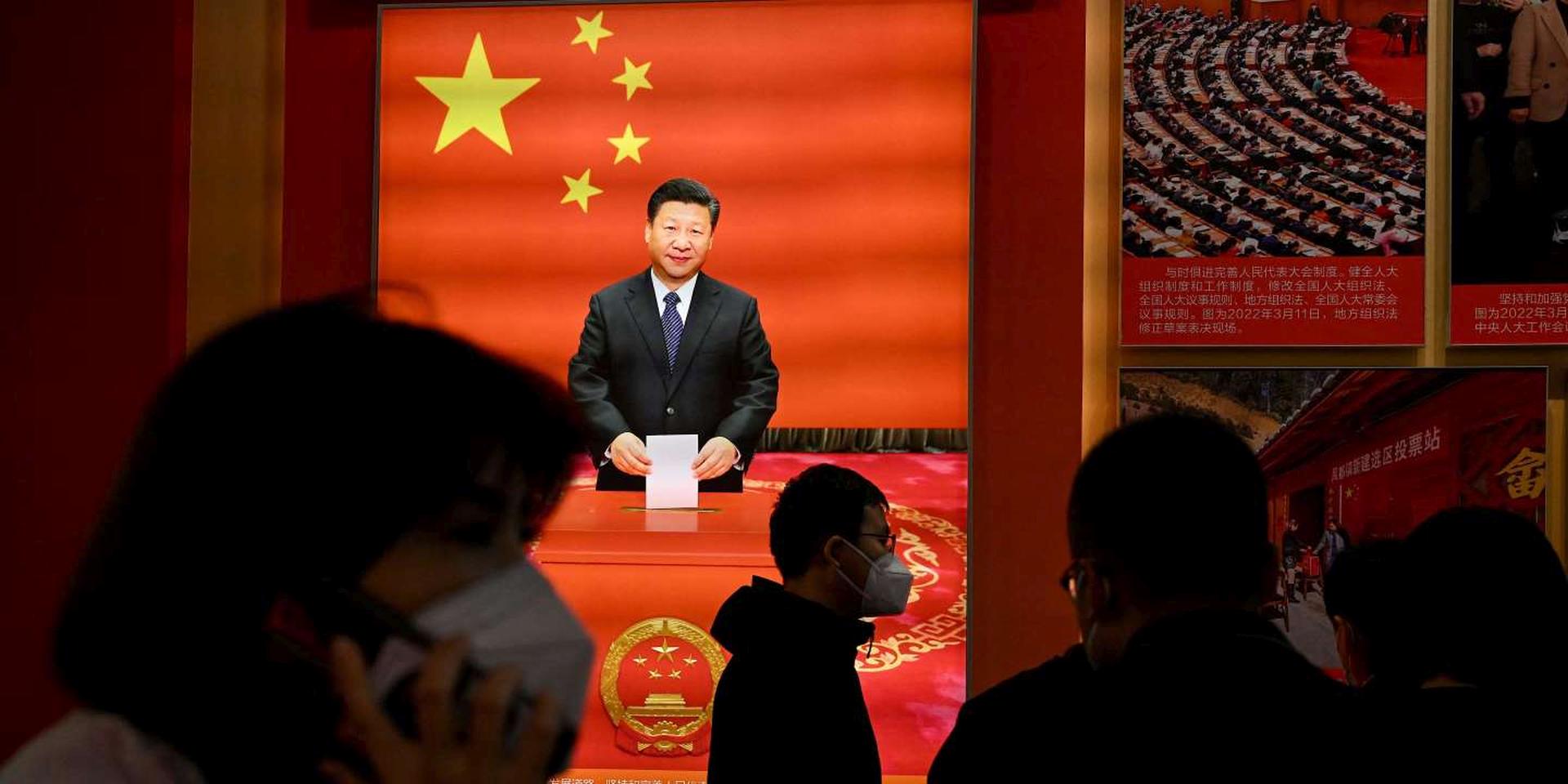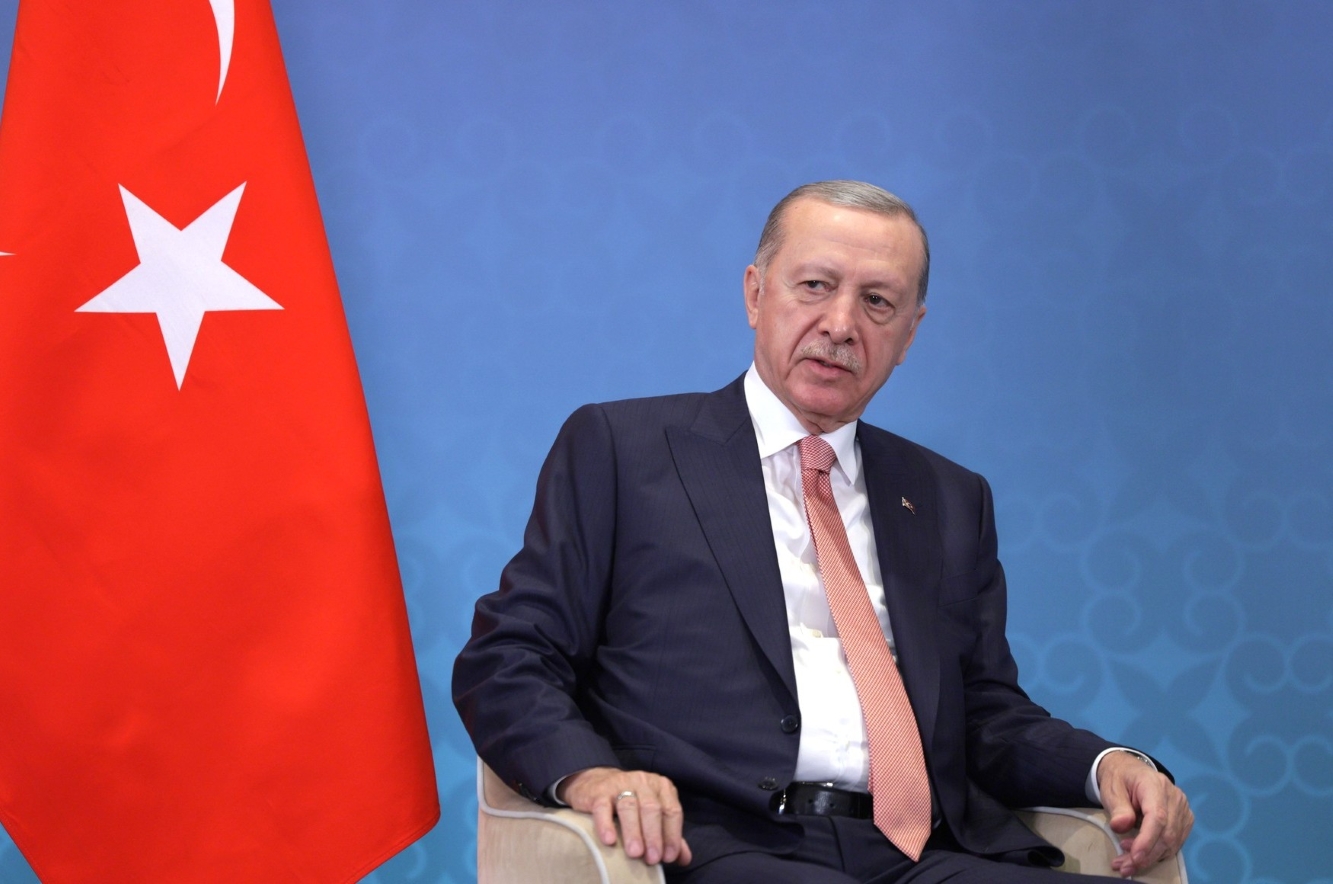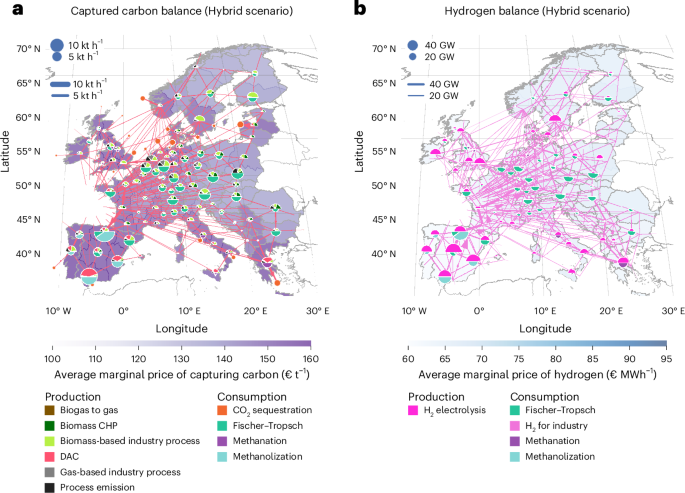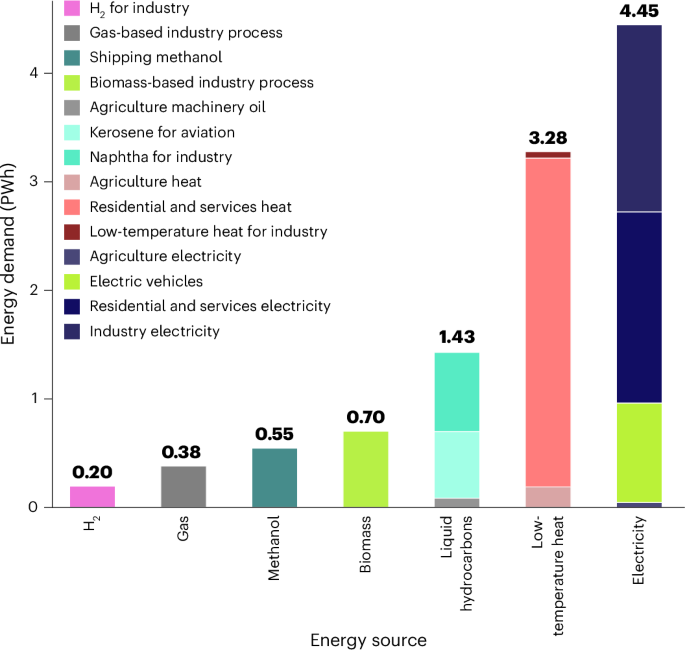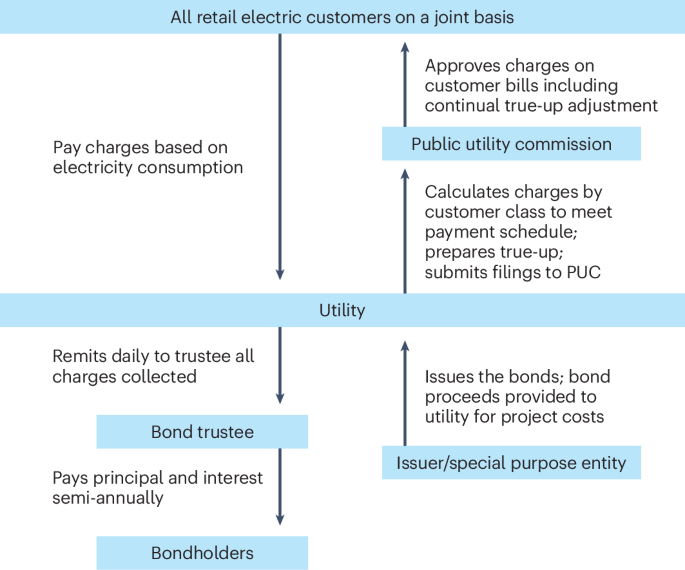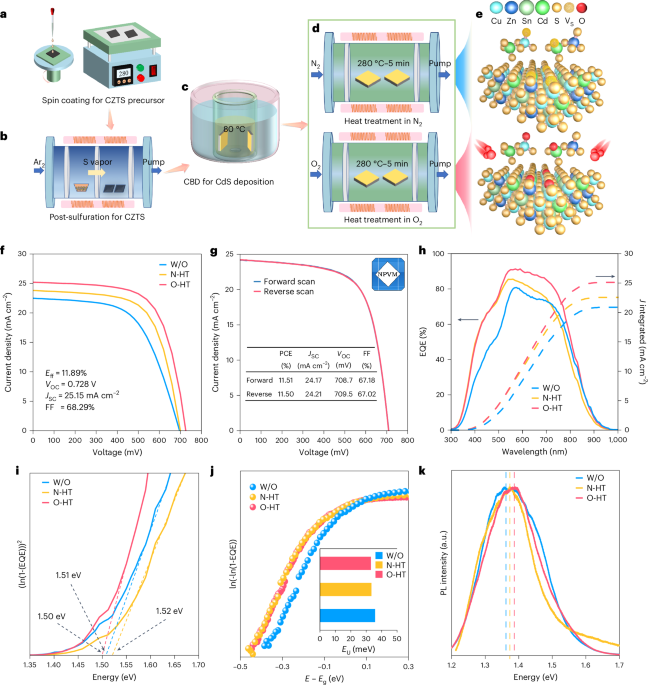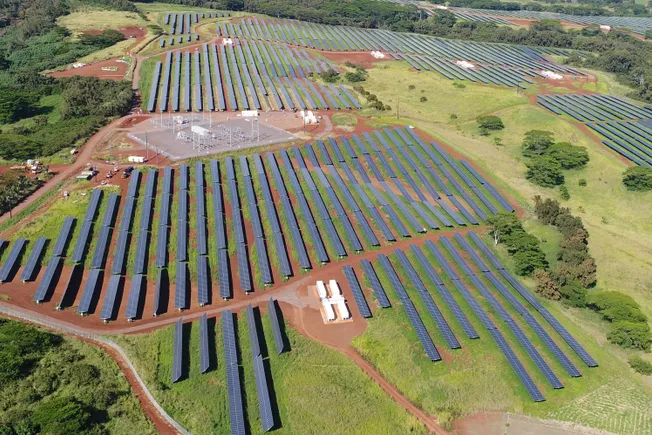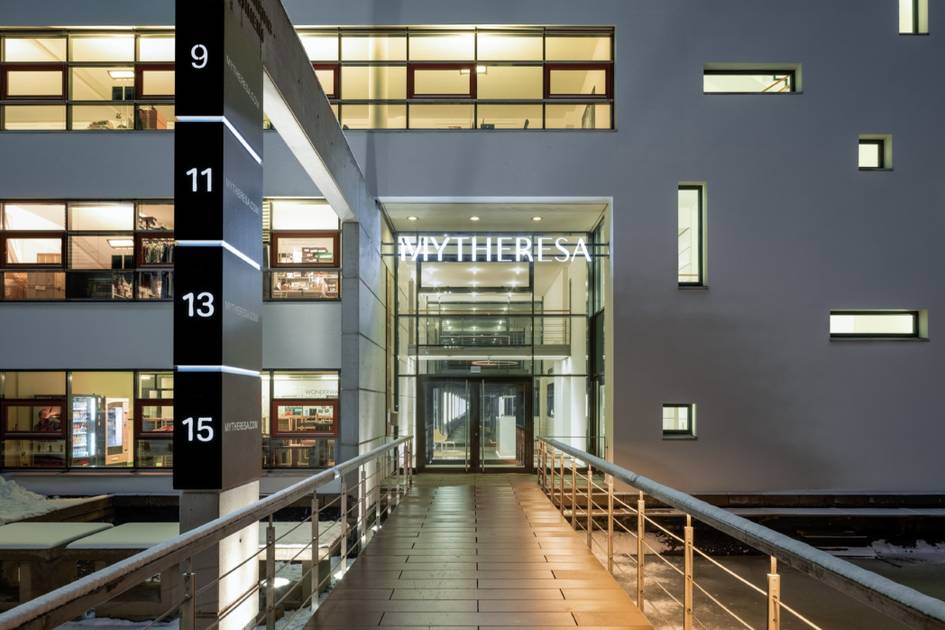Vps34-orchestrated lipid signaling processes regulate the transitional heterogeneity and functional adaptation of effector regulatory T cells
by Erienne G. Norton, Nicole M. Chapman, Hao Shi, Xiaoxi Meng, Hongling Huang, Anil KC, Sherri Rankin, Jordy Saravia, Sujing Yuan, Haoran Hu, Peter Vogel, Hongbo Chi Regulatory T cell (Treg) heterogeneity exists in lymphoid and non-lymphoid tissues, but we have limited understanding of context-dependent functions and spatiotemporal regulators of heterogenous Treg states, especially during perinatal life when immune tolerance is established. Here, we revealed that the class III PI3K Vps34 orchestrates effector Treg (eTreg) transitional heterogeneity during perinatal life. We found that loss of Vps34 reduced terminal eTreg accumulation in lymphoid tissues, associated with decreased Treg generation in non-lymphoid tissues and development of an early-onset autoimmune-like disease. After perinatal life, Vps34-deficient eTreg accumulation was further impaired due to reduced cell survival, highlighting temporal regulation of eTreg heterogeneity and maintenance by Vps34. Accordingly, inhibition of Vps34 in mature Tregs disrupted immune homeostasis but boosted anti-tumor immunity. Mechanistically, multiomics profiling approaches uncovered that Vps34-orchestrated transcriptional and epigenetic remodeling promotes terminal eTreg programming. Further, via genetic deletion of the Vps34-interacting proteins Atg14 or Uvrag in Tregs, we established that Atg14 but not Uvrag was required for the overall survival, but not terminal differentiation, of eTregs, suggesting that autophagy but not endocytosis partly contributed to Vps34-dependent effects. Accordingly, mice with Treg-specific loss of Atg14, but not Uvrag, had moderately disrupted immune homeostasis and reduced tumor growth, with Vps34- or Atg14-dependent gene signatures also being elevated in intratumoral Tregs from human cancer patients. Collectively, our study reveals distinct Vps34-orchestrated signaling events that regulate eTreg heterogeneity and functional adaptation and the pathophysiological consequences on autoimmunity versus anti-tumor immunity.
by Erienne G. Norton, Nicole M. Chapman, Hao Shi, Xiaoxi Meng, Hongling Huang, Anil KC, Sherri Rankin, Jordy Saravia, Sujing Yuan, Haoran Hu, Peter Vogel, Hongbo Chi Regulatory T cell (Treg) heterogeneity exists in lymphoid and non-lymphoid tissues, but we have limited understanding of context-dependent functions and spatiotemporal regulators of heterogenous Treg states, especially during perinatal life when immune tolerance is established. Here, we revealed that the class III PI3K Vps34 orchestrates effector Treg (eTreg) transitional heterogeneity during perinatal life. We found that loss of Vps34 reduced terminal eTreg accumulation in lymphoid tissues, associated with decreased Treg generation in non-lymphoid tissues and development of an early-onset autoimmune-like disease. After perinatal life, Vps34-deficient eTreg accumulation was further impaired due to reduced cell survival, highlighting temporal regulation of eTreg heterogeneity and maintenance by Vps34. Accordingly, inhibition of Vps34 in mature Tregs disrupted immune homeostasis but boosted anti-tumor immunity. Mechanistically, multiomics profiling approaches uncovered that Vps34-orchestrated transcriptional and epigenetic remodeling promotes terminal eTreg programming. Further, via genetic deletion of the Vps34-interacting proteins Atg14 or Uvrag in Tregs, we established that Atg14 but not Uvrag was required for the overall survival, but not terminal differentiation, of eTregs, suggesting that autophagy but not endocytosis partly contributed to Vps34-dependent effects. Accordingly, mice with Treg-specific loss of Atg14, but not Uvrag, had moderately disrupted immune homeostasis and reduced tumor growth, with Vps34- or Atg14-dependent gene signatures also being elevated in intratumoral Tregs from human cancer patients. Collectively, our study reveals distinct Vps34-orchestrated signaling events that regulate eTreg heterogeneity and functional adaptation and the pathophysiological consequences on autoimmunity versus anti-tumor immunity.







































































